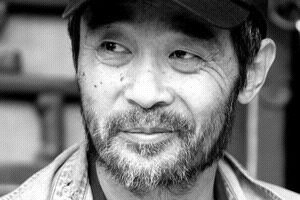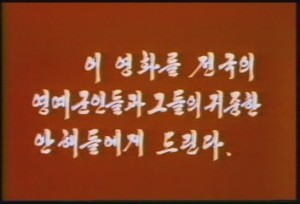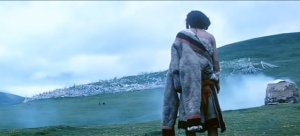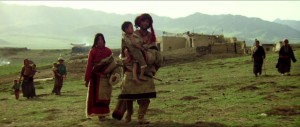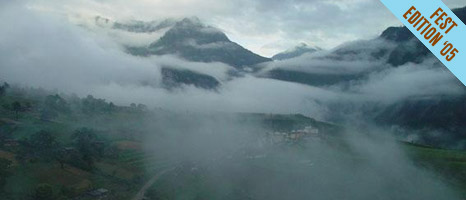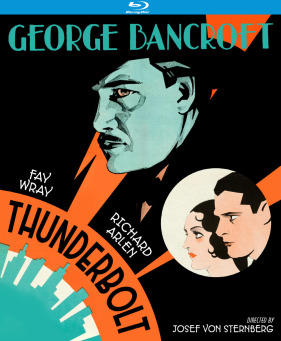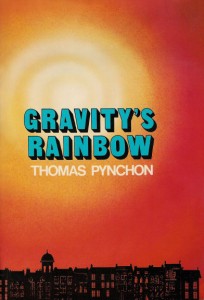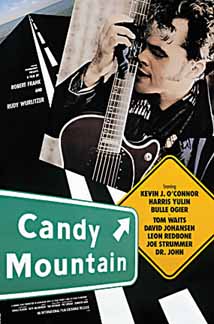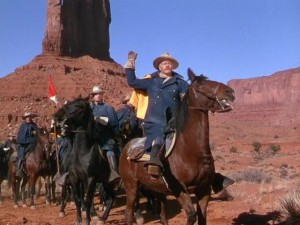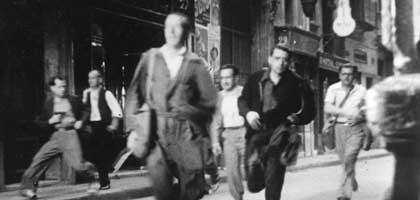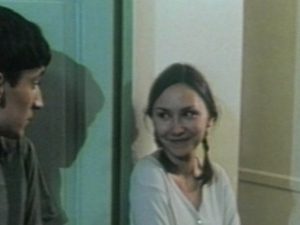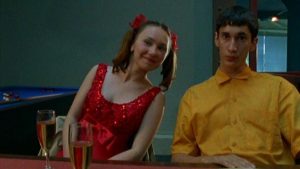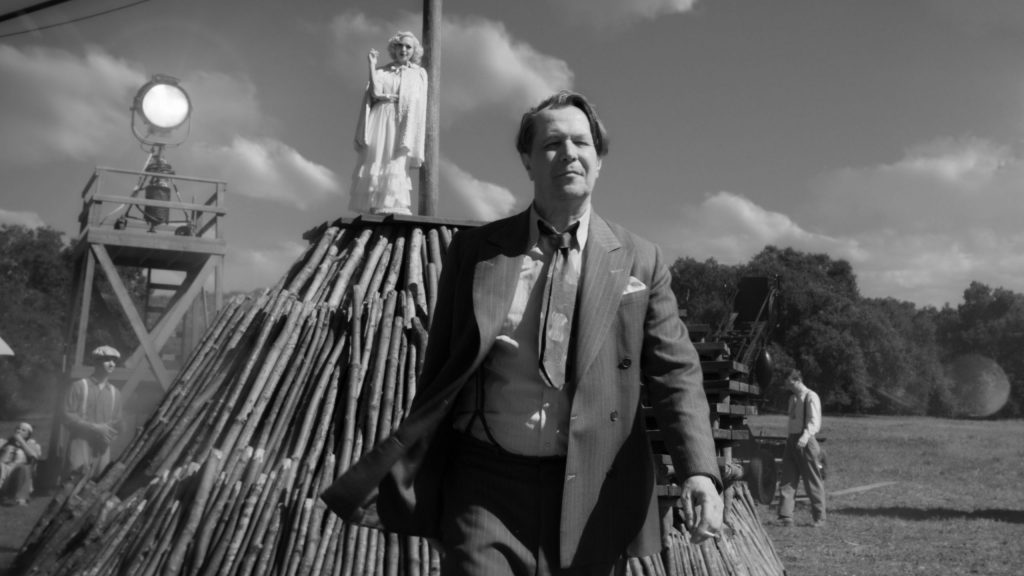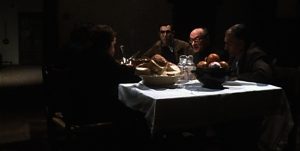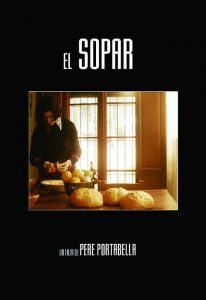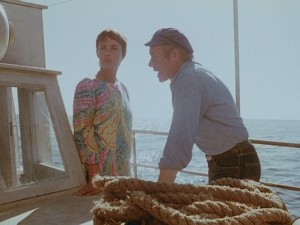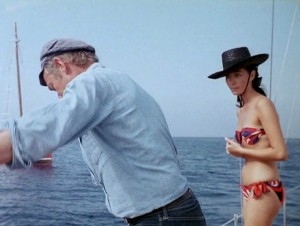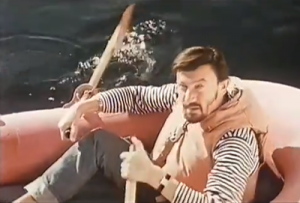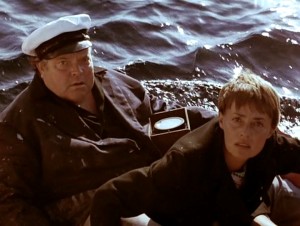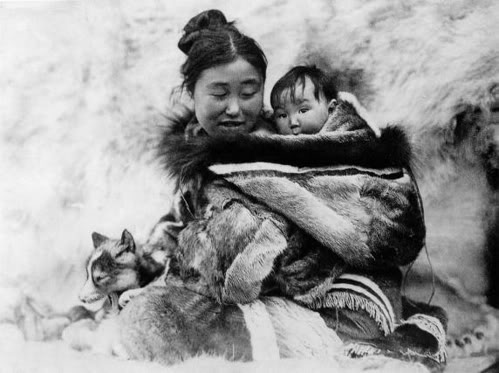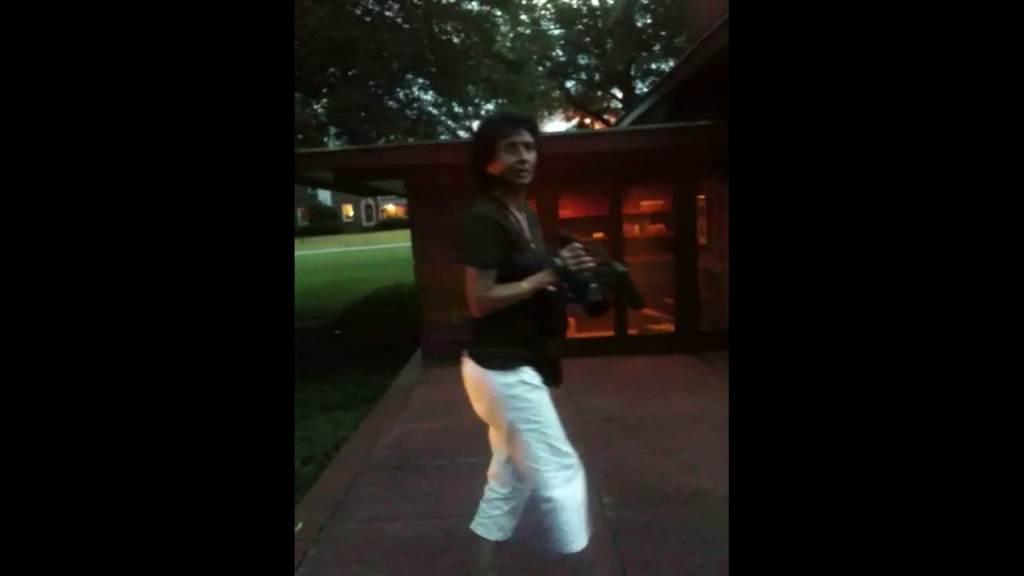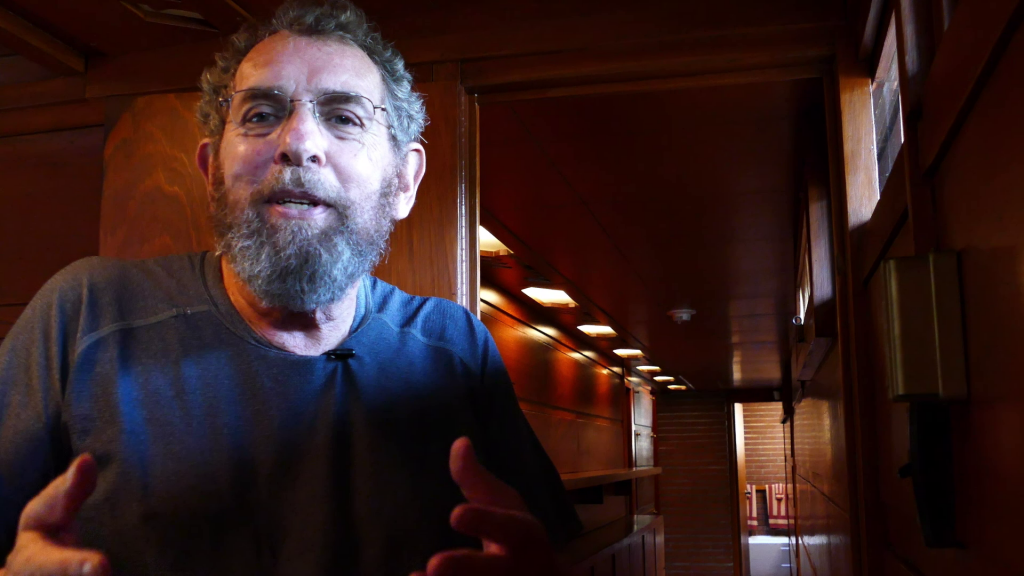I truly regret not being able to illustrate this early piece for the Reader, published in September 1987, with the sort of illustrations its awesome landscapes deserve. In fact, the only other film by Tian Zhuangzhuang (see photo above) that I’m aware of that’s comparably impressive from this standpoint is his extraordinary Delamu (or, in Chinese, Cha ma gu dao xi lie), a 2004 documentary that’s even more neglected, at least in this country (see the photo below, immediately after the absurdly small landscape photo from The Horse Thief).[2023 postscript: Happily, illustrations are now more readily available, and even though the film doesn’t seem to be currently available on DVD or Blu-Ray, it can be seen letterboxed and subtitled in all its widescreen glory at https://www.youtube.com/watch?v=LZSjjOQUtHY.] –J.R.
It’s worth adding that one can now obtain The Horse Thief inexpensively, letterboxed and with English subtitles, at www.yesasia.com/us/1005182257-0-0-0-en/info.html. And see the previous link for a Blu-Ray.–-J.R.
THE HORSE THIEF
**** (Masterpiece)
Directed by Tian Zhuangzhuang
Written by Zhang Rui
With Cexiang Rigzin and Dan Jiji.
By Jonathan Rosenbaum
If the two aesthetically richest decades in the history of cinema have been the 1920s and the 1960s, it is in no small part due to the fact that it was during these two golden ages that film came closest to becoming a universal language. Read more

